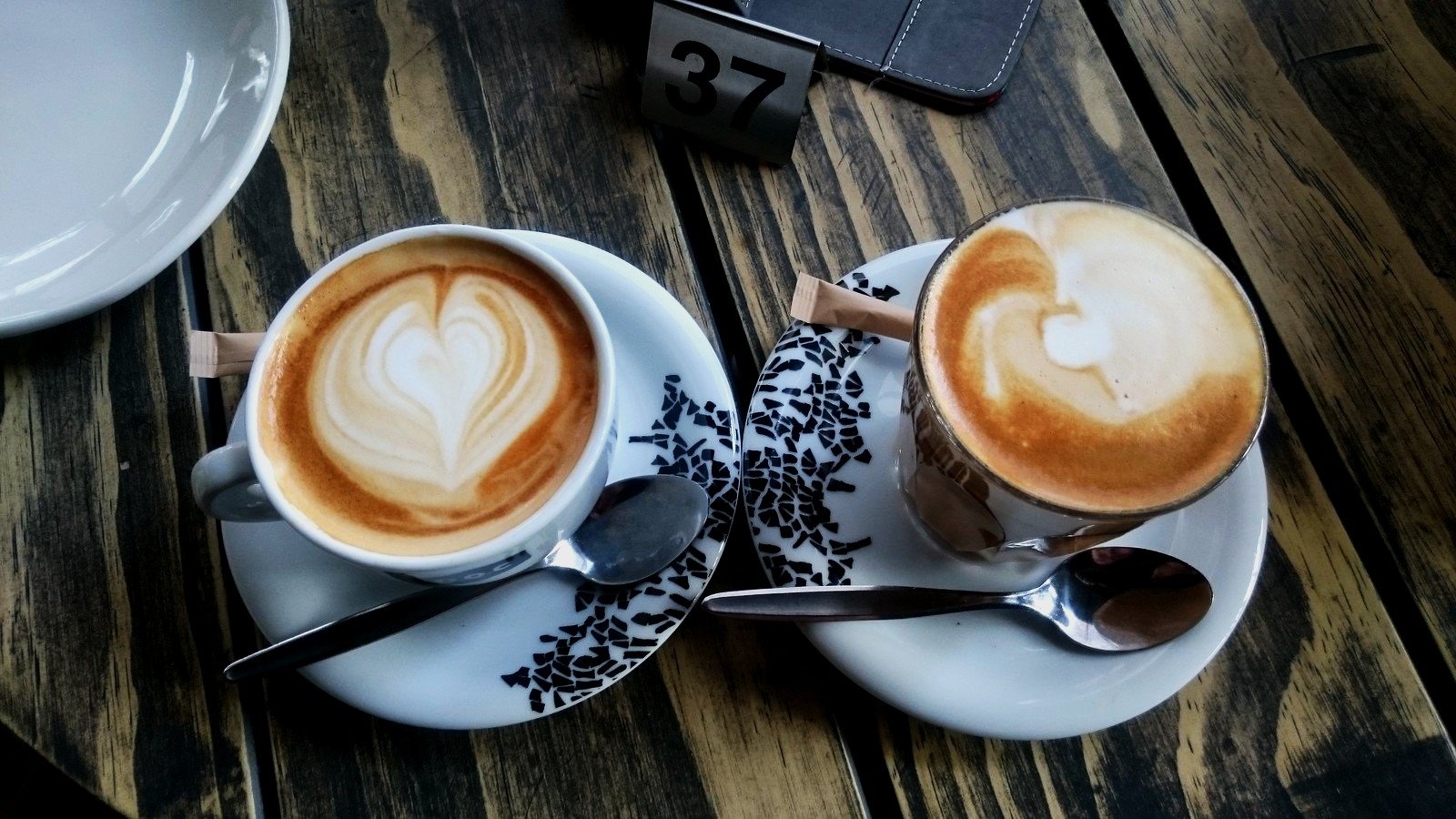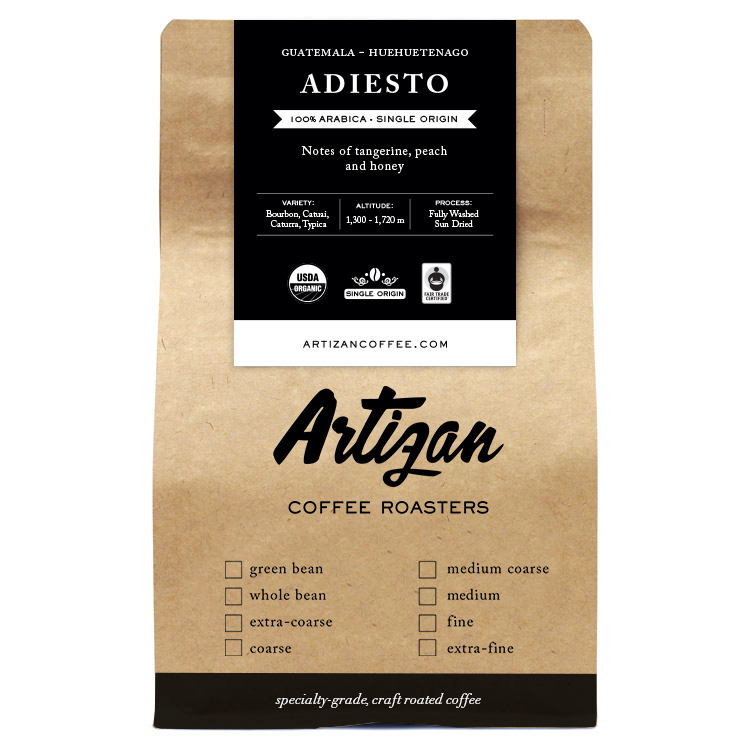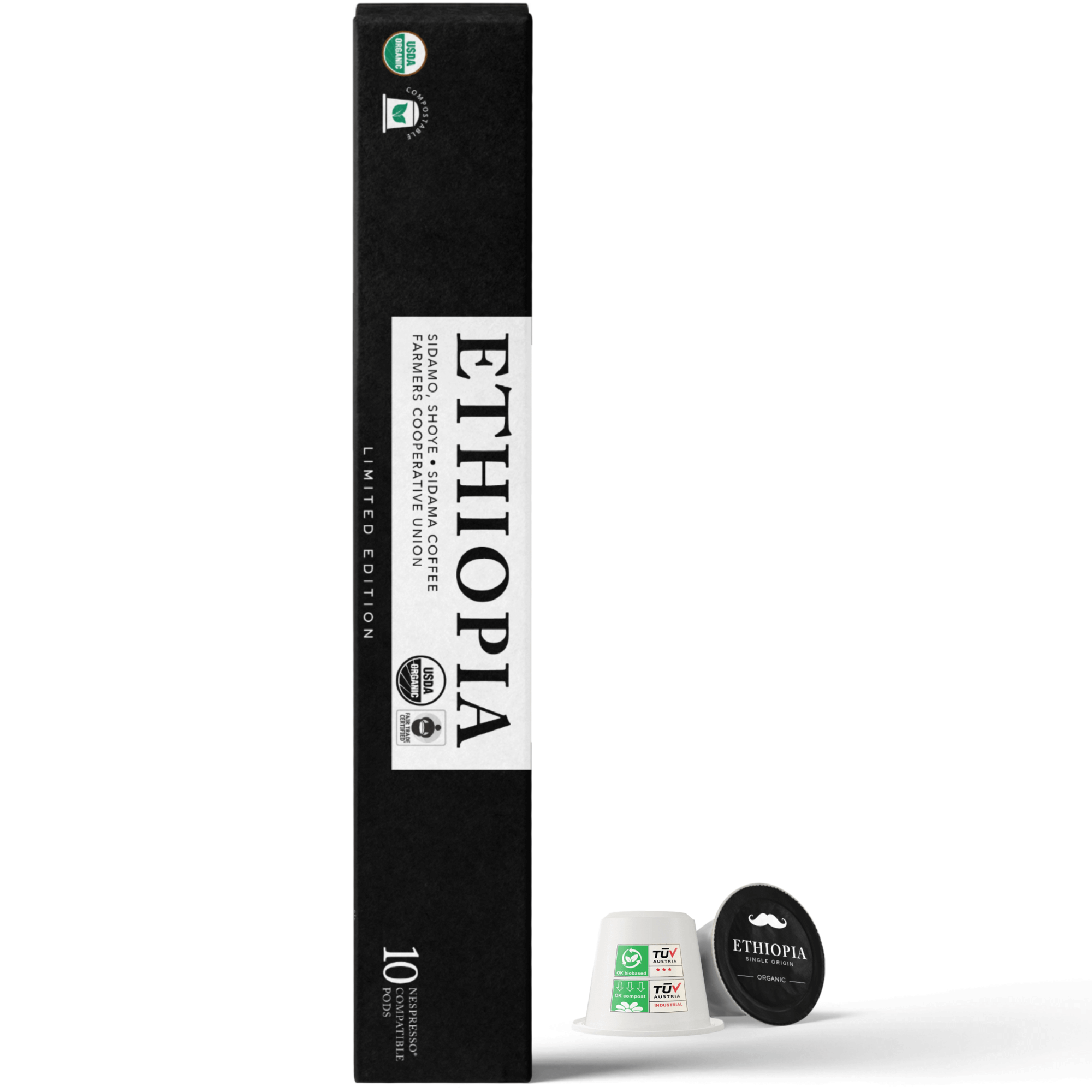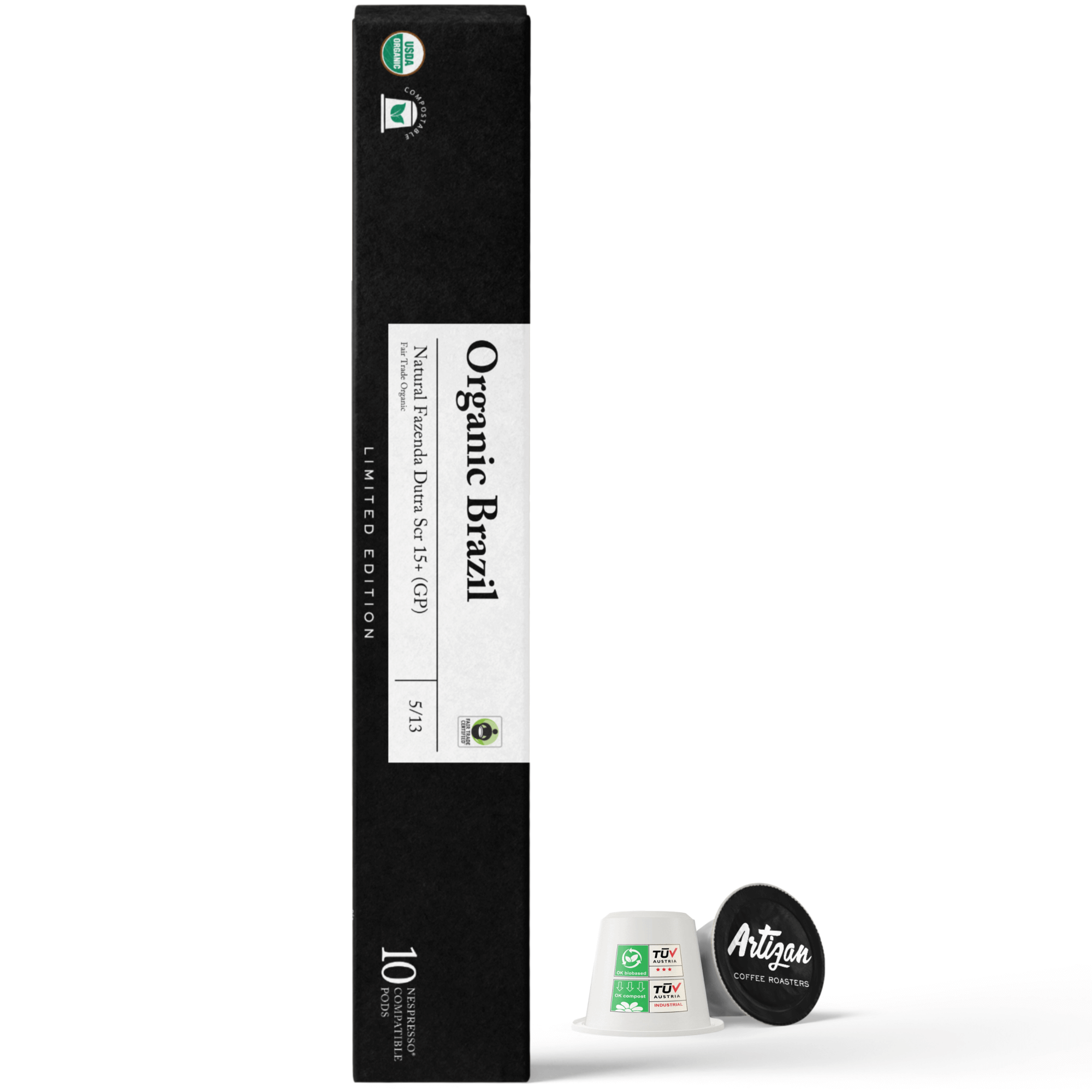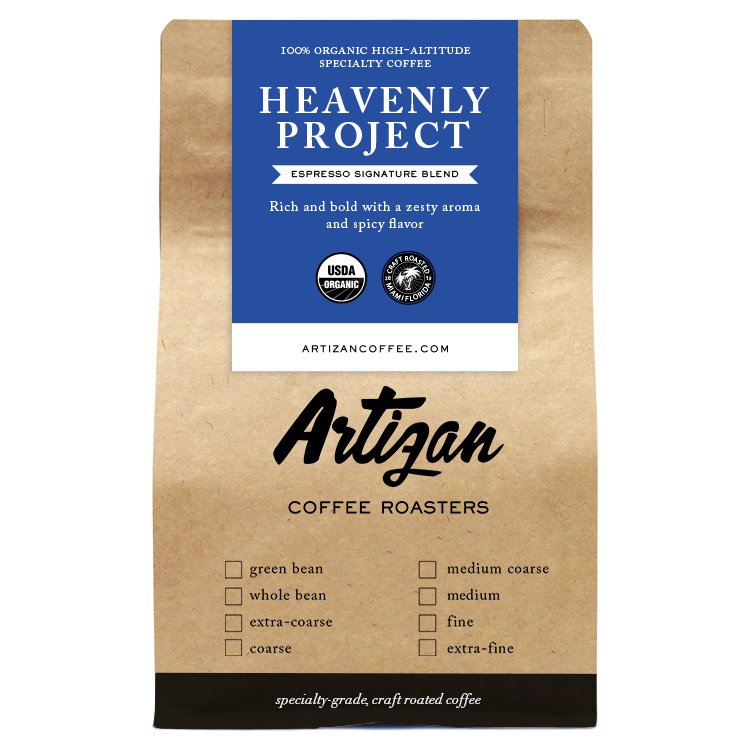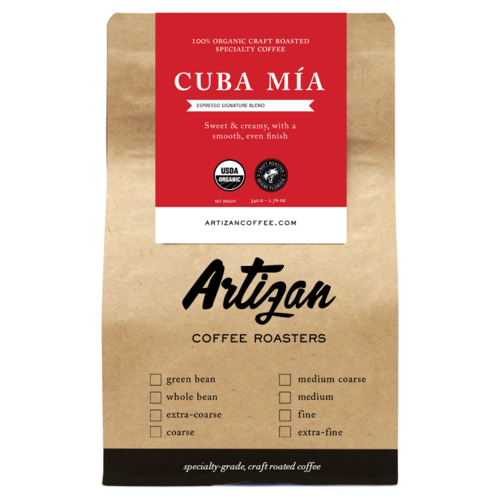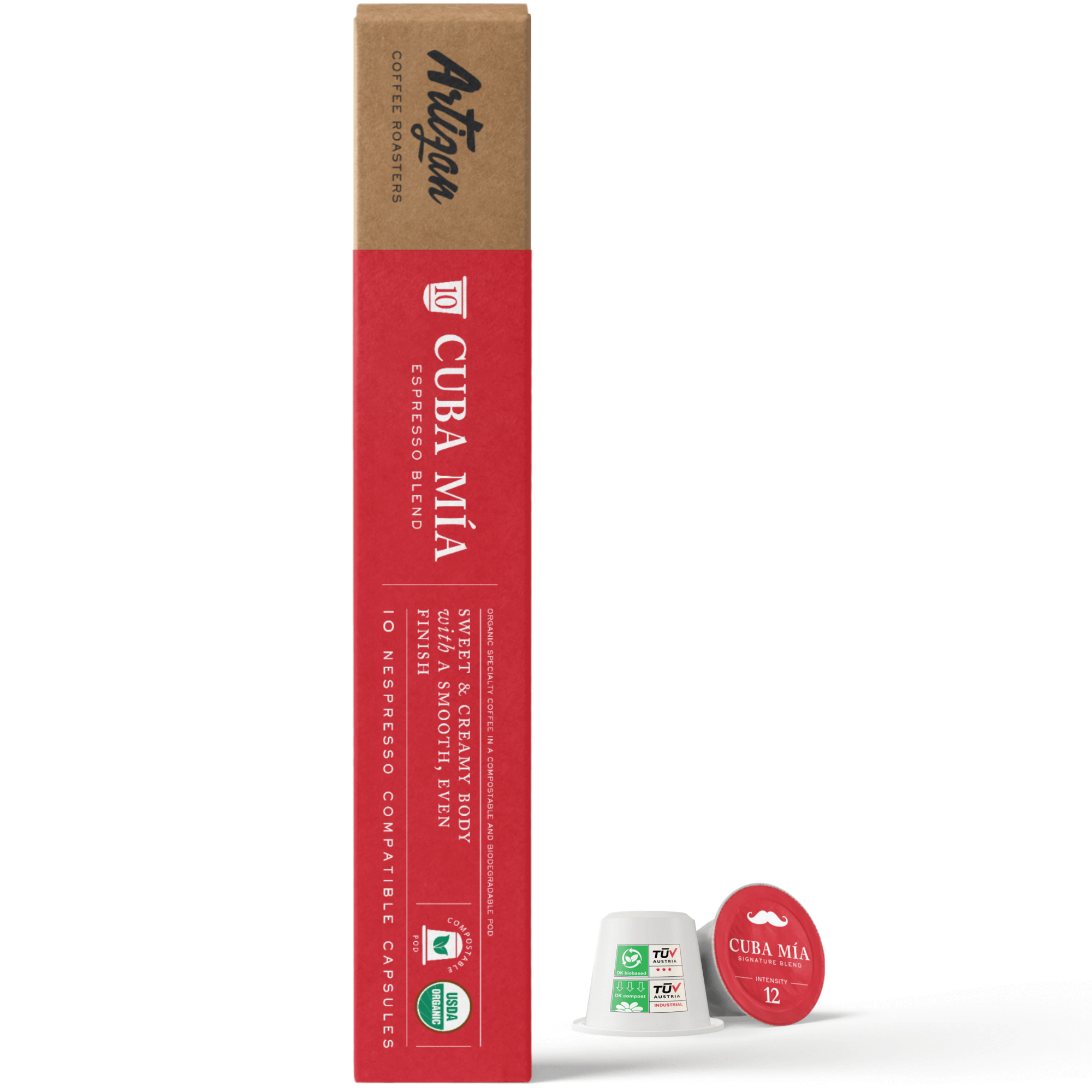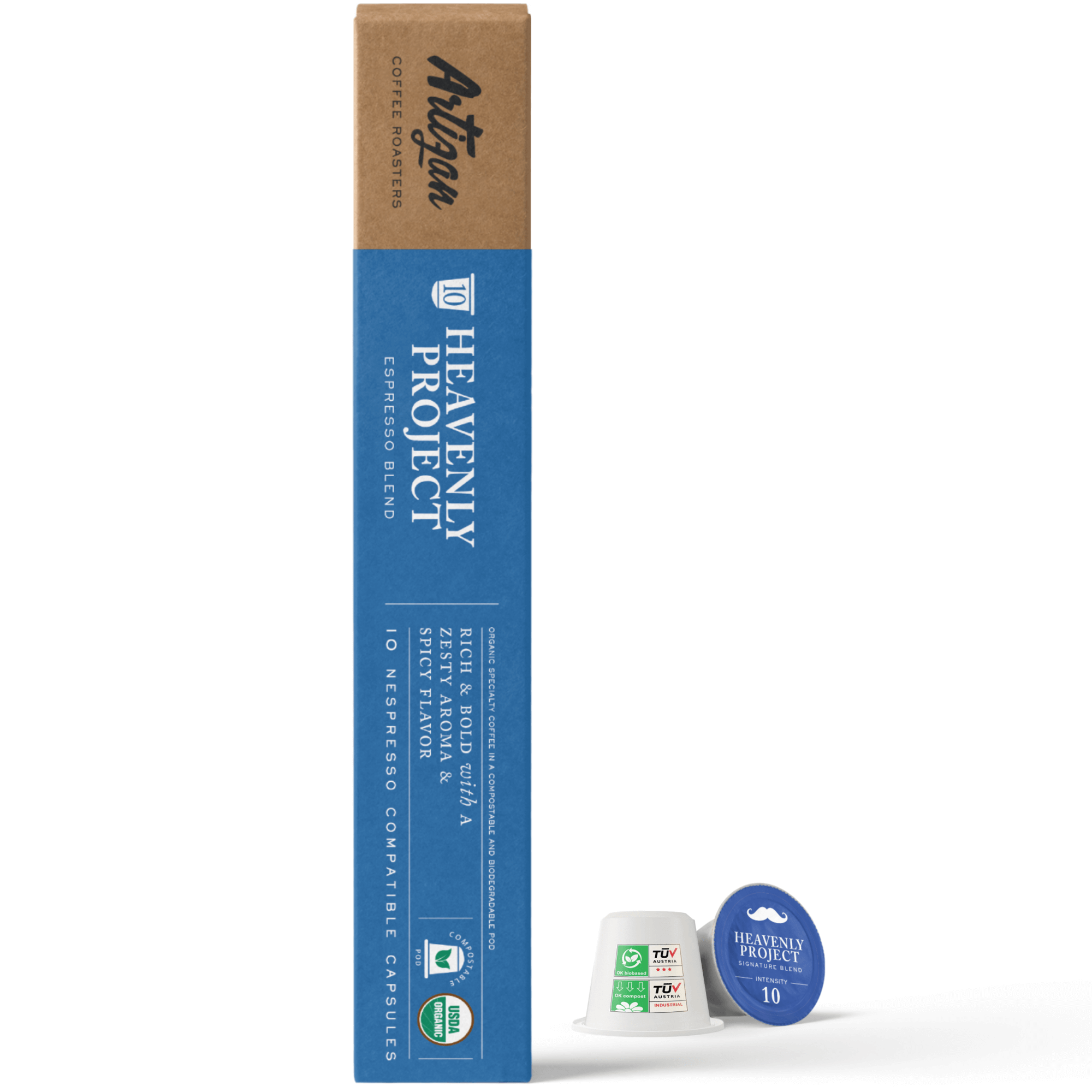The Art and Soul of Coffee Culture
Coffee has been a part of cultures, for centuries weaving its way into the fabric of society. It's not a beverage; it holds a special place, in our daily routines sparking conversations and providing moments of solace or inspiration.
Alessandro Bucci, a known barista champion aptly describes coffee as the "common mans gold," evoking feelings of luxury and nobility that it brings to everyone.
In todays interconnected community, where different cultures blend and influence one another, the coffee story has become more diverse and rich. The Caffe Latte and Flat White are two examples that showcase the evolving dynamics of our modern coffee culture.
Imagine walking into a bustling café in the heart of Rome. The air is thick with the rich aroma of freshly brewed coffee, and the sound of steam hissing from espresso machines mingles with animated conversations in Italian. This is where the Caffe Latte—revered and romanticized—finds its roots.
Now, transport yourself to a cozy café in Wellington, New Zealand, where surfers and office workers alike come in for their morning fix. The Flat White, an antipodean gem, is served here with pride and precision.
Both drinks may seem ostensibly similar, yet they signify different eras, cultures, and preferences. “The Flat White speaks to our soul. It’s more than just coffee, it's a reflection of our culture," remarks Mia Taylor, famed Australian barista. The Flat White, with its strong espresso core enveloped in velvety milk, embodies the boldness and directness of the Kiwi and Aussie coffee scenes.
Meanwhile, the Caffe Latte, creamier and milder, mirrors the laid-back European café culture, where coffee sipping can be an hours-long affair.
As we delve into the nuances of these two iconic beverages, it's essential to understand that they're more than just coffee. They are narratives of their origin countries, ambassadors of their unique coffee cultures, and testament to the creativity and passion of the baristas who craft them. "To master the art of coffee is to understand its soul," opines Diego Lopez, a third-generation barista from Spain. The ensuing exploration isn't just about taste and technique—it's about history, culture, and the beautiful, intricate dance of coffee beans and milk.
It's a journey that promises to be as enlightening as it is delightful. Whether you're a seasoned coffee aficionado or someone who's just dipping their toes into the vast coffee ocean, there's a revelation waiting at every turn. So, as we embark on this caffeinated voyage through time, geography, and flavor, let’s remember: Every cup has a story, and every sip, a legacy.
The Nuances in a Cup
As you lift the cup, the aroma, the warmth, and the visual appeal all come into play. It's more than just a drink; it's an experience.
What is the difference?
Over the centuries, coffee has transcended from being a mere beverage to becoming a cultural staple in societies worldwide. Its rich aroma, diverse taste profiles, and the welcoming ambiance of coffee shops have made it a universal drink. In the panorama of coffee variations, milk-based beverages have carved a significant niche for themselves, with the Caffe Latte and Flat White standing out as two beloved contenders in the coffee world.
"Both have their beauty, but each stands distinct," says American barista champion, Lena Raymond. The Caffe Latte is typically characterized by a larger volume, with a significant amount of steamed milk overshadowing the espresso, giving it a creamy texture. The Flat White, conversely, packs a punch. It’s smaller, has a higher coffee concentration, and is crowned with a microfoam layer.
Basic Definitions:
Before diving deep into the differences, it's vital to understand what each drink entails.
The Caffe Latte: The term 'Latte' is derived from the Italian phrase 'caffè e latte', which simply translates to 'coffee and milk'. Its origin can be traced back to Europe, specifically Italy, where it began as a breakfast beverage. The Caffe Latte we know today is an espresso-based drink with steamed milk, topped with a small amount of foam. Typically, a Caffe Latte is milder, providing a harmonious blend of strong espresso and creamy milk.
The Flat White: Originating from the shores of Australia and New Zealand in the 1980s, the Flat White was the answer to those looking for a stronger coffee flavor without the mouthful of foam that often comes with a traditional latte. It consists of espresso and steamed milk, similar to a latte, but is characterized by its velvety microfoam, which gives it a distinct texture and taste.
Coffee to milk ratio
“The essence lies in the balance," says Brazilian coffee expert Rafael Sousa. The Caffe Latte usually enjoys a 1:3 espresso to milk ratio. In contrast, a Flat White has a more assertive 1:2 ratio, accentuating the coffee's taste.
Texture and Composition:
Arguably, the most discernible difference between the two is in their texture and composition.
Caffe Latte: Barista Marco from Italy's renowned 'Cafè de Roma' quotes, "A good Caffe Latte is like a warm embrace in a cup." It's about the creamy texture. The frothy milk on top should be thick, yet not too dense. It provides a comforting, velvety feel as you take the first sip, which then transitions to the rich coffee taste.
Flat White: Meanwhile, Jane Thompson, a barista champion from Melbourne, describes a Flat White as, "A bold statement in a small cup." Unlike lattes, a Flat White emphasizes microfoam - a finely textured milk where the bubbles are so small that it feels smooth, almost like paint. This results in a stronger espresso flavor punching through, making it a favorite for those who love the taste of coffee but desire a smoother texture than a cappuccino.
Is there a difference in size?
Size matters when comparing these two. A Caffe Latte generally has more milk, making it a larger drink. As Erika Foster, an influential barista from London says, "A Flat White is concise, potent—there's no room for excess."
Serving Vessel:
Caffe Latte: When you step into a bustling cafe in the heart of Milan or even a quaint bistro in Paris, your Caffe Latte will often be presented in a larger glass or mug. This isn't just a matter of aesthetics. The larger vessel serves to accommodate the additional milk and foam that defines a latte. Historical references indicate that in the earlier days, the latte's vessel was symbolic of its purpose: a morning drink, voluminous enough to kickstart the day, yet mild due to its generous milk content.
Flat White: Down in the cafes of Sydney or Auckland, if you order a Flat White, expect it to arrive in a smaller cup, typically holding about 160-180ml. The Flat White’s essence is concentration. The smaller vessel ensures the coffee remains robust and flavorful without being diluted by excess milk. Renowned coffee historian, Dr. Felicity Barnes, once wrote, "The Flat White's compact nature is reminiscent of its Antipodean origins—unassuming, yet packed with character."
Popularity and Geographic Preferences:
Caffe Latte: Lattes have enjoyed immense popularity across Europe and North America. Their creamy texture and mild taste make them appealing to a broad audience, including those who might find an espresso too strong. It’s not uncommon in cities like London or New York to see commuters holding large latte cups as they navigate their morning routines. The drink's fame has even led to creative offshoots like flavored lattes, introducing a whole new dimension to the classic.
Flat White: While the Flat White has its roots in Australia and New Zealand, its bold flavor and unique texture have made it a global sensation, particularly among coffee aficionados. Coffee shops from Dublin to Tokyo now proudly feature Flat Whites on their menus. Its international rise can be attributed to global chains like Starbucks adopting it, but ask a Kiwi, and they'll tell you its global spread was inevitable. As Auckland-based barista, Liam McAlister, puts it, "The Flat White is like the All Blacks of coffee – small but mighty."
Cultural Impact and Evolution:
Caffe Latte: Lattes have not just been a drink; they've become a cultural icon. With the rise of coffee shop chains in the 90s and 2000s, the latte became synonymous with coffee culture. It's the drink that many choose when they sit down to write, chat, or relax in a cafe. The 'latte' has even given birth to the term 'latte art,' where baristas showcase their skill by creating intricate designs on the drink's frothy surface, further enhancing its appeal.
Flat White: While the Flat White might not have the same global recognition as the latte, its influence, especially in coffee circles, is undeniable. It represents the evolving tastes of coffee drinkers, many of whom crave the taste of strong coffee without the overwhelming foam of a cappuccino or the milkiness of a latte. The Flat White has also bridged cultures. Its Australian-New Zealand origins have fostered a friendly rivalry about its true birthplace, mirroring the playful banter seen in sports or wine origins between the two nations.
Taste Profile:
Caffe Latte: The Caffe Latte stands out as a milder coffee experience. Due to its higher milk-to-coffee ratio, the espresso's intensity is pleasantly muted. The resulting flavor profile is harmonious, allowing the drinker to enjoy subtle coffee notes without being overwhelmed. Coffee expert Elena Rodriguez describes it as, "A gentle introduction to the world of espresso. It's like listening to a symphony, where the individual instruments play softly in harmony."
Flat White: Contrasting the latte, the Flat White offers a bolder coffee taste. With less milk to dilute the espresso, the coffee's richness shines through. This robustness is why many purists adore the Flat White. Coffee journalist Samuel Green explains, "Drinking a Flat White is akin to attending a rock concert; it's direct, potent, and leaves an impression."
In a Nutshell:
When it comes to the longstanding debate between Caffe Latte and Flat White, it's not about which is superior, but rather understanding and appreciating their distinct characteristics. At the heart of this debate lies personal preference. Some love the comforting embrace of a latte, while others seek the assertive punch of a Flat White.
Looking beyond just flavor, these drinks represent the global and ever-evolving coffee culture. From the bustling streets of Milan to the serene beaches of Sydney, each drink has found a place in the hearts of many, with both standing as testament to the myriad ways we enjoy the beloved coffee bean.
What is the origin of the Flat White?
While many beverages have clear-cut origin stories, the Flat White’s history is wrapped in a tapestry of tales, pride, and playful rivalry.
It's widely believed that the Flat White originated in the 1980s, either in Australia or New Zealand—both countries lay claim. Luke Peters, a famous barista from Wellington, mentions, "The Flat White is NZ's gift to the coffee world; it mirrors our love for strong, bold flavors."
New Zealand's Claim:
The first tale of the Flat White takes us to New Zealand. In the late 1970s and early 1980s, when milk quality and frothing techniques were inconsistent, it was common for customers to request their Lattes "flat" to avoid the sometimes overly frothy milk. Derek Townsend of DK Coffee in Auckland claims to have coined the term "Flat White" around this period. Derek, reflecting on those days, said, "It was all about serving an honest coffee, without the fluff."
Australia's Tale:
Meanwhile, in Sydney, Australia, Alan Preston of Moors Espresso Bar claims he introduced the Flat White in 1985. According to Alan, he borrowed the term from the UK, where “white coffee - flat” referred to a regular milk coffee. The Australian version became more refined, emphasizing a strong coffee presence with velvety milk.
Debate and Global Acceptance:
The debate over the Flat White's true origins adds to its charm. Regardless of its birthplace, the drink found fans far beyond the shores of Australasia. The combination of robust espresso flavor without the massive foam characteristic of a cappuccino resonated with many, making it a global favorite.
What is the origin of the Caffe Latte?
Unlike the Flat White, the Caffe Latte's history is intertwined with European traditions, particularly Italian breakfast customs.
The term "latte" is Italian for milk. Historically in Europe, especially Italy, coffee was often consumed with a lot of milk, especially in the morning. Marco Bianchi, a revered barista from Milan, states, "For us, a morning without latte is like a sky without the sun."
Italian Beginnings:
In Italy, "latte" simply means milk. Historically, Italians have enjoyed their strong espressos in small doses. However, during morning hours, to dilute the espresso's intensity and add a nourishing element, hot milk was introduced, leading to 'Caffè e Latte' – essentially coffee and milk. This milder beverage became a preferred morning ritual.
Transition to America:
The modern Caffe Latte gained popularity in America during the late 20th century. As espresso machines became more accessible in the US, and specialty coffee shops began to flourish, the Italian-inspired 'Latte' was embraced and adapted. The American version usually had more milk and was topped with foam, leading to the creamy concoction known globally today.
Latte vs Flat White: Is there a difference in size?
Measuring Up:
The difference in size between the two drinks isn't just a matter of quantity but also plays a crucial role in their flavor profile.
Caffe Latte:
Traditionally served in a larger glass or mug, the Caffe Latte provides a voluminous experience, often ranging between 240ml to 300ml. This size facilitates the drink's milder taste, allowing for a balanced mix of coffee and milk.
Flat White:
The Flat White, on the other hand, is more compact. Typically served in a 160-180ml cup, its size ensures that the coffee remains concentrated and robust.
Latte vs Flat White: What is the coffee to milk ratio?
The Balancing Act:
The delicate dance of coffee to milk isn't just about taste, but also texture and strength. This ratio is what defines and differentiates many espresso-based drinks.
Caffe Latte:
Lattes often boast a more liberal milk-to-coffee ratio. Typically, a latte will start with a shot of espresso (around 30ml) and be complemented with approximately 240ml of steamed milk, topped off with a small amount of foam. The result is a creamy, milder coffee flavor, perfectly suited for those who enjoy longer sips and a less intense coffee hit.
Flat White:
The Flat White champions a stronger coffee presence. Typically, it begins with a double shot of espresso (around 60ml) and is complemented by approximately 120ml of steamed milk, with a very thin layer of microfoam. The higher coffee concentration makes the Flat White a favorite for those who prefer a robust coffee taste without a large volume of milk.
Is one stronger than the other?
Strength in Sips:
Caffe Latte:
Given its higher milk-to-coffee ratio, the latte provides a more subdued coffee experience. Its strength is mild, making it a popular choice for those new to the world of espresso or those who enjoy a creamier, comforting drink.
Flat White:
The Flat White's reputation as a punchy drink isn't unfounded. With its double espresso shot and less milk, the coffee notes are bold and prominent. If you're looking for a coffee kick without venturing into straight espresso territory, the Flat White is your go-to.
Which Milk is best?
A Milky Matter:
For a Flat White:
The ideal milk for a Flat White should be fresh and full-fat, ensuring a rich, velvety texture. The milk's quality plays a significant role, as the Flat White emphasizes a creamy consistency without being overly frothy. Dairy milk is typically preferred, but if one ventures into alternatives, oat milk often offers a texture and taste that complements the strong espresso without overpowering it.
For a Caffe Latte:
While full-fat milk is also a top choice for lattes, the drink's nature allows for a broader spectrum of milk types. Skim and semi-skimmed milk can be frothed to create the latte's characteristic foam. For those seeking dairy alternatives, almond, and soy milk are popular choices, with the former offering a nutty undertone and the latter a smooth, neutral taste.
What is the ideal consistency of the milk?
Froth and Flow:
Caffe Latte:
For lattes, the milk should be steamed to create a creamy, velvety texture, with a good amount of froth on top. When steaming, the aim is to introduce air into the milk, creating tiny bubbles, resulting in a thick, luxurious foam to crown the drink.
Flat White:
A Flat White demands a specific consistency known as 'microfoam'. The steaming process should create very fine, silky milk, almost like wet paint. There's minimal separation between the liquid milk and the foam, creating a uniform, velvety texture throughout the drink. When poured correctly, the microfoam integrates seamlessly with the espresso, enhancing its rich flavor.
Can you use alternative milks?
Beyond Dairy:
For a Flat White:
Yes, alternative milks can be used for a Flat White. While the classic Flat White relies on dairy milk for its rich texture, alternatives like oat milk have found favor among baristas. Oat milk, in particular, froths well and offers a creaminess that closely mimics dairy, making it an ideal substitute. Almond and soy milk are also options, but they might slightly alter the drink’s traditional texture and flavor profile.
For a Caffe Latte:
A Caffe Latte is versatile and accommodates various milk alternatives. From soy to almond, cashew, and even hemp milk, there's a wide range to choose from. Each brings its unique flavor. For instance, almond milk introduces a slight nuttiness, while coconut milk adds a tropical touch.
What is the best single-origin coffee?
Bean Beginnings:
For a Flat White:
Given the bold nature of a Flat White, beans from regions like Ethiopia or Colombia, known for their fruity and acidic profiles, work wonderfully. They stand out against the milk, ensuring that the coffee flavor remains prominent. Ethiopian Yirgacheffe, with its wine-like acidity and floral notes, is a favorite among many Flat White aficionados.
For a Caffe Latte:
For lattes, beans from regions like Brazil or Guatemala, which have a nuttier, chocolatey profile, can be ideal. They meld seamlessly with the milk, enhancing the latte's creamy texture. Brazilian beans, particularly those from the Minas Gerais region, are often recommended.
What is the best espresso blend?
Blend Benefits:
For a Flat White:
Blends that balance acidity and body are ideal for Flat Whites. A mix of African and South American beans often hits the mark. The African beans introduce brightness and fruity notes, while South American beans provide depth and chocolatey undertones.
For a Caffe Latte:
For lattes, a blend that emphasizes richness and body, like those combining Indonesian and South American beans, works well. The Indonesian beans lend an earthy, full-bodied character, which is complemented by the sweeter notes of South American beans.
What kind of espresso machine do you need?
Machine Matters:
For a Caffe Latte:
You'll need an espresso machine capable of producing strong espresso shots and steaming milk to a frothy consistency. Most home espresso machines with a steam wand can achieve this. Brands like Breville, DeLonghi, and Gaggia have popular models suitable for lattes.
For a Flat White:
Precision is key for a Flat White. The machine should consistently pull double shots and steam milk to a velvety microfoam. Higher-end machines or those with microfoam-enhancing steam wands are preferable. La Marzocco or Ascaso machines are often favored by baristas for Flat Whites.
How To Make the Perfect Drink?
Brewing to Perfection:
Flat White:
Espresso: Begin with a fresh double shot of espresso (approximately 60ml).
Milk: Steam fresh, preferably full-fat, milk to achieve a microfoam consistency. The temperature should reach around 60°C (140°F), ensuring it’s hot but not scalding.
Pour: With a gentle hand, pour the milk over the espresso, allowing the two to seamlessly integrate. The end result should showcase a smooth, velvety texture with minimal foam on top.
Caffe Latte:
Espresso: Start with a fresh single shot of espresso (about 30ml).
Milk: Froth your milk, aiming for a creamy, velvety texture that has more foam than a Flat White. The temperature should be similar to the Flat White's, around 60°C (140°F).
Pour: Begin by adding the espresso to your cup, followed by the milk. Finish off with a spoonful of foam on the top for that classic latte finish.
How to make with a Nespresso Machine?
Quick Brews:
Flat White:
Use the double espresso setting on your Nespresso machine.
Steam your milk (preferably full-fat) to a silky microfoam using a milk frother.
Pour the double espresso into a cup.
Gently pour the steamed milk over the espresso, holding back the foam to ensure a smooth blend.
Caffe Latte:
Brew a regular shot of espresso using your Nespresso machine.
Froth more milk than you would for a Flat White, aiming for a creamy texture with a bit more foam.
Pour the espresso into a larger cup.
Slowly add the milk, finishing with a dollop of foam on top.
Tips and Techniques
Mastering the Brew:
Flat White:
Tilt and Pour: When pouring your milk, slightly tilt your cup. This technique helps integrate the milk and espresso smoothly.
Fresh Beans: Always opt for freshly roasted and ground beans. The coffee's aroma and taste are more pronounced, elevating the drink's quality.
Caffe Latte:
Circular Frothing: Move your steam wand in a circular motion. This method ensures even frothing and minimizes large bubbles.
Cup Warmth: Pre-warming your cup can help maintain the drink's temperature longer.
Which should you pick?
A Personal Brew:
Your choice largely depends on personal preference. Those looking for a stronger coffee hit with minimal milk might lean towards the Flat White. In contrast, those preferring a creamier, milder coffee experience may find solace in the Caffe Latte. Experiment with both to find your perfect brew.
Final thoughts
Coffee, in its many forms, is a testament to the beverage’s versatility and global appeal. The Caffe Latte and Flat White, while similar, offer distinct experiences. Their subtleties in preparation, presentation, and taste cater to a broad range of preferences.
For some, the Caffe Latte is a comforting embrace on a cold morning, its creamy texture and mild strength providing warmth and solace. For others, the Flat White is the morning jolt needed to kickstart the day, with its bold coffee flavors cutting through the velvety milk.
In essence, whether you're Team Latte or Team Flat White, it all boils down to one thing: a shared love for coffee. Embrace the journey, experiment with both, and let your palate guide you.
With this, we’ve covered the intricate differences, nuances, and artistry involved in the making and enjoyment of both Caffe Latte and Flat White. The world of coffee is vast and enchanting; every cup is an experience, every sip a story. Happy brewing!

